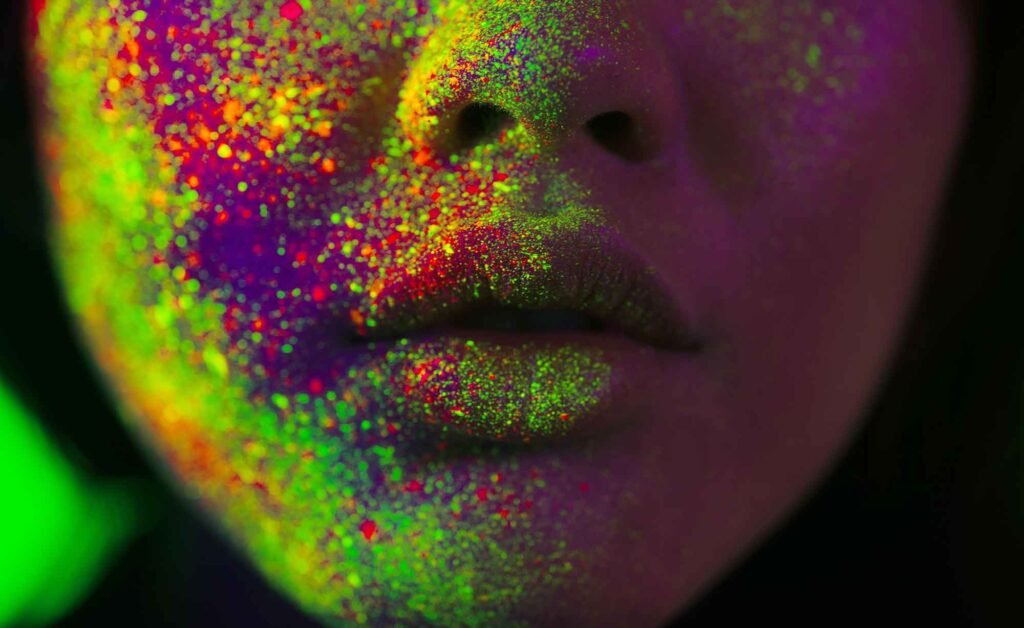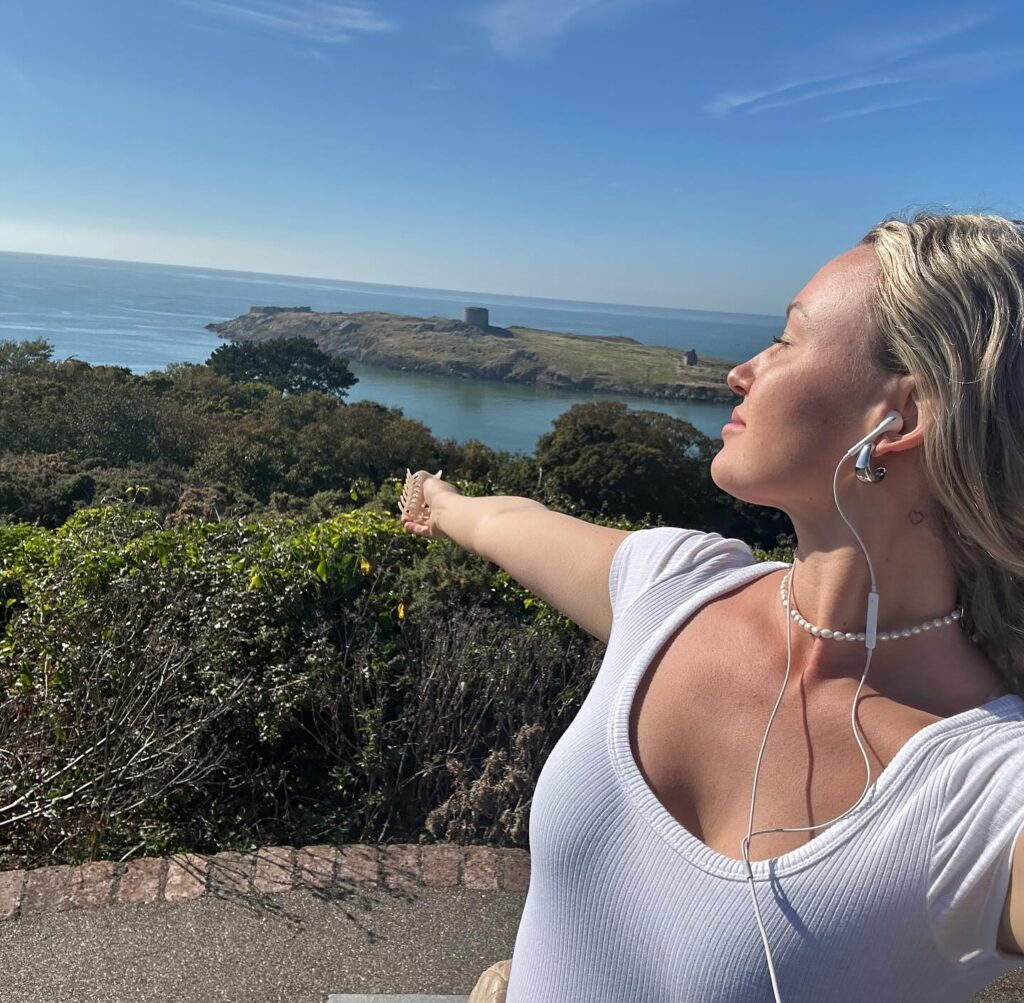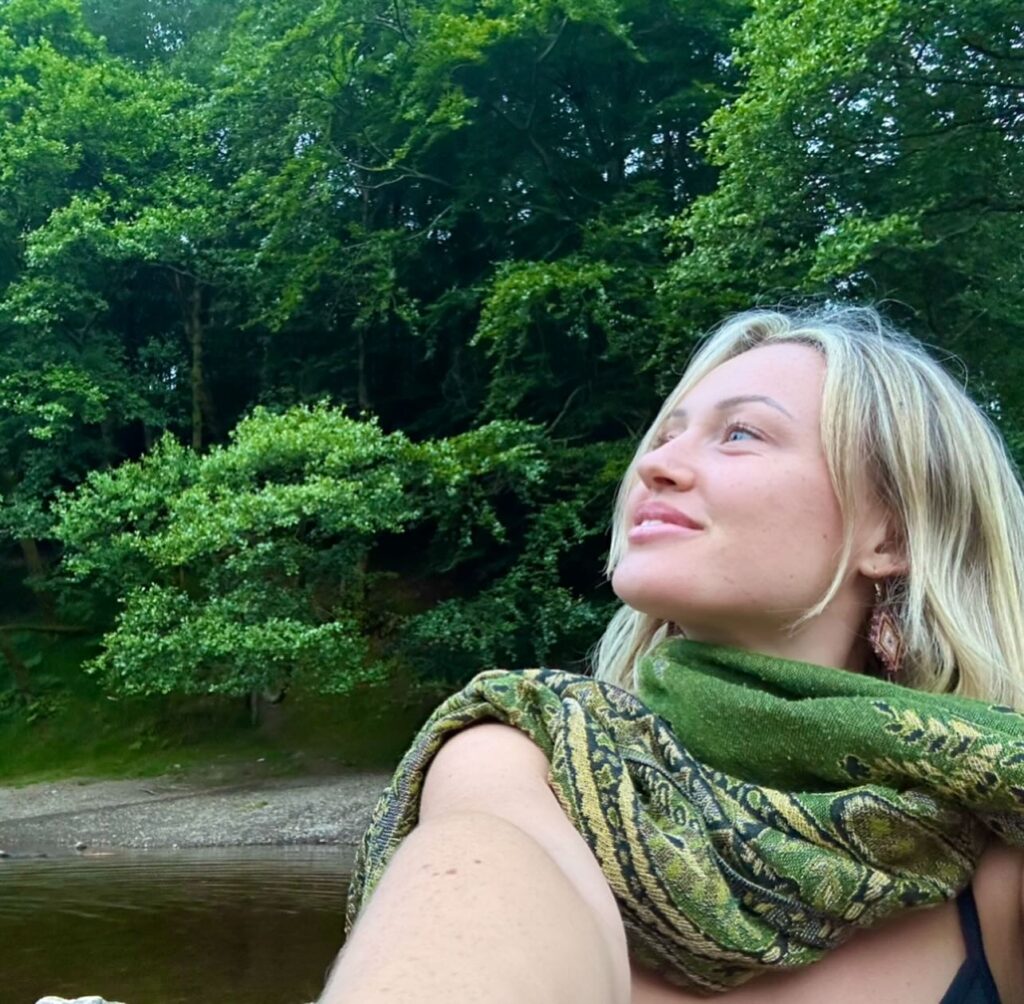Guided Imagery

Guided Imagery
What is Guided Imagery?
Guided imagery stands as a powerful relaxation technique used within the realm of holistic wellness. It involves the intentional creation of calming and positive mental images and scenarios. This practice is often guided by a trained instructor or through the use of pre-recorded audio sessions. Guided imagery aims to promote deep relaxation, reduce stress levels, and encourage emotional well-being by tapping into the potential of the imagination.
How Can Guided Imagery Help You?
Guided imagery presents individuals with various avenues for support and self-improvement:
- Managing Stress: Guided imagery sessions can help you quiet a racing mind, encouraging deep relaxation and combating the harmful effects of stress.
- Coping with Anxiety: Techniques focused on guided imagery can assist in the reduction of anxiety, helping individuals regulate overwhelming emotions and restore a sense of tranquility.
- Addressing Pain: The power of visualization techniques through guided imagery may play a role in lessening pain perception and discomfort.
- Promoting Better Sleep: Practicing guided imagery before bed can ease the mind and facilitate a more restful night’s sleep.
- Enhancing Emotional Well-being: Guided imagery fosters positive mental images that can boost mood, uplift spirits, and promote overall emotional well-being.
What is Guided Imagery Good For?
Guided imagery, with its ability to promote relaxation and address emotional imbalances, is a valuable tool in holistic wellness. Individuals may find it particularly beneficial for:
- Stress-related Conditions: The relaxation effects of guided imagery can help manage conditions such as headaches or digestive issues that can worsen due to stress.
- Anxiety Disorders: Guided imagery offers a safe and supportive environment for individuals struggling with anxiety to confront and manage distressing thoughts and emotions.
- Chronic Pain: Guided imagery provides a supplementary tool to assist in managing chronic pain conditions.
- Boosting Creativity: This practice can unlock an individual’s imagination and facilitate creative thinking and self-expression.
- Goal Setting and Visualization: Guided imagery assists individuals in visualizing and manifesting their desired outcomes and goals.
Benefits of Guided Imagery
Guided imagery offers a multitude of advantages, making it a desirable holistic modality:
- Accessibility: It is a simple and accessible technique that can be easily learned and practiced with minimal instruction.
- Affordability: Guided imagery provides a cost-effective option for pursuing relaxation and stress reduction.
- Mind-Body Connection: This modality fosters a deeper understanding of the profound connection between your mind, emotions, and physical sensations.
- Empowerment: Guided imagery enables individuals to take an active and self-directed role in their mental and emotional well-being.
- Complements Other Therapies: It effectively integrates with traditional therapies for a multi-faceted approach to healing.
What to Expect from Guided Imagery with a Practitioner
If you seek guidance from a professional, typically a therapist or holistic wellness practitioner, here’s what to expect:
- Initial Consultation: Your practitioner will discuss your goals, interests, and reasons for seeking out guided imagery.
- Personalized Sessions: The practitioner will design guided imagery sessions tailored to your specific needs and preferences.
- Guided Visualization: They will guide you through creating positive and uplifting mental images, often using soothing language and background music to enhance the experience.
How to Use Guided Imagery
Here’s a basic guide on using guided imagery for relaxation and stress relief:
- Find a Quiet Space: Locate a comfortable and quiet place where you can practice without disturbances.
- Get Comfortable: Sit or lie down in a comfortable position that allows your body to relax.
- Focus on Your Breath: Begin by taking a few deep breaths, paying attention to how your body rises and falls with each breath.
- Engage Your Senses: Guided imagery instructors will guide you to visualize calming scenarios using all your senses (sight, sound, smell, touch, taste).
Similar Modalities to Guided Imagery
Other holistic wellness practices share similarities with guided imagery:
- Meditation: Both focus on calming the mind and cultivating present-moment awareness.
- Hypnosis: While similar, hypnosis often focuses more on inducing a trance-like state.
- Progressive Muscle Relaxation: This technique shares similarities in its focus on physical sensations.
Final Thoughts
Guided imagery is a profoundly effective and versatile technique within the holistic wellness sphere, offering a sanctuary for the mind amidst the challenges of daily life. Its capacity to harness the power of the imagination for healing and relaxation purposes provides a unique avenue for individuals seeking solace and improvement in their mental, emotional, and physical health. Whether utilized as a standalone practice or in conjunction with other therapeutic modalities, guided imagery stands as a testament to the incredible potential of the mind-body connection. By empowering individuals to actively engage in their journey towards wellness, guided imagery not only promotes immediate relaxation and stress reduction but also contributes to a sustained enhancement of overall well-being and quality of life.
Scientific References
Here are three scientific references (in APA format) supporting the benefits of guided imagery.
- Deng, G., & Cassileth, B. R. (2005). Integrative oncology: complementary therapies for pain, anxiety, and mood disturbance. CA: A Cancer Journal for Clinicians, 55(2), 109-116.
- Jain, S., McMahon, G. T., Hasen, P., Kozub, M. P., Porter, V., King, R., & Guarneri, E. M. (2007). Healing, relaxation, and stress reduction as adjuncts in the treatment of chronic pain. The Journal of Alternative and Complementary Medicine, 13(4), 437-449.
- Manzoni, G. M., Pagnini, F., Castelnuovo, G., & Molinari, E. (2008). Relaxation training for anxiety: a ten-years systematic review with meta-analysis. BMC Psychiatry, 8(1), 41. https://doi.org/10.1186/1471-244X-8-41
Recommended Reading
Here are three books to expand your knowledge on guided imagery:
- Fincher, J. (1997). The Everything Book of Relaxation and Happiness: Hundreds of Simple Ways to Relax, De-Stress, and Find Contentment. Avon, MA: F+W Media.
- Naparstek, B. (1994). Guided Imagery: Using the Power of Imagination for Health and Healing. New York, NY: Simon & Schuster
- Rossman, M. (2000). Guided Imagery for Self-Healing: An Essential Resource for Anyone Seeking Wellness. Novato, CA: New World Library
FAQ: Guided Imagery
Is guided imagery right for me?
Guided imagery can be beneficial for almost anyone. However, it may be particularly helpful for those with stress, anxiety, pain, or sleep difficulties. Consult with a healthcare provider if you have concerns.
How often should I practice guided imagery?
For optimal benefits, practice regularly. Even short sessions can yield positive results.
Can I do guided imagery on my own?
Yes! Many guided imagery resources are available online or in audio recordings. Alternatively, seek guidance from a qualified practitioner.
How long does it take to see results?
You may experience relaxation benefits from your first session. However, achieving deeper or long-lasting effects often requires consistent practice.
Are there any side effects to guided imagery?
Guided imagery is considered safe and has minimal side effects. In rare cases, some individuals may find the practice brings up unexpected emotions – a qualified practitioner can assist in such situations.
Related Practitioners
Kim McIntire
The Neurodivergent Healer & Hypnotist
- Carson City, Nevada, United States
- +1 (775) 240-6381
My name is Kim McIntire, and my transformative journey in holistic wellness commenced 22 years ago during my time at… Read More
Ella Ringrose
Awaken Your Inner Power, Align with Your Purpose
- Toronto, Golden Horseshoe, Ontario, Canada
- +1 (555) 555-0000
Ella Ringrose is a spiritual guide dedicated to empowering individuals on their spiritual journeys. Through her YouTube channel, she shares… Read More
Ali Campbell
Neuro Linguistic Programming Expert
- Los Angeles, Los Angeles County, California, United States
- +44 (2) 555-5555
As information is rapidly changing, we encourage you to continue to stay informed. Please visit our Coronavirus Resource Center, Healthgrades… Read More























